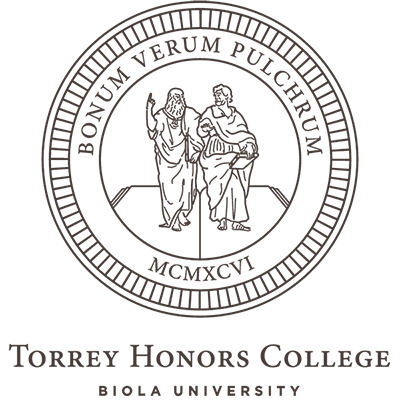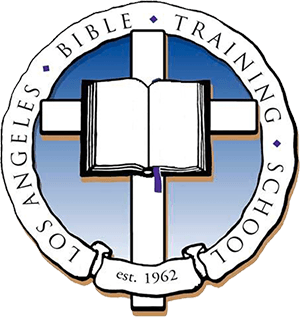A scene from the Leben der heiligen Altväter (1482)
Foreword to Hames’ Cyril of Alexandria: His Life & Impact
Daniel Hames, Cyril of Alexandria: His Life and Impact (Christian Focus, 2024).
Daniel Hames, Cyril of Alexandria: His Life and Impact (Christian Focus, 2024). In the Early Church Fathers series, edited by Michael A.G. Haykin and Shawn J. Wilhite.
Foreword by Fred Sanders
Reputations rise and fall, but when it comes to Cyril of Alexandria, the steep difference between his vast historical importance and his current obscurity is simply shocking. What other major theologian has managed this kind of vanishing act over the centuries? He contributed so much to the history of doctrine that he was once well enshrined as a standard Christological reference point for the later ecumenical councils, for medieval theologians, and for the early Protestants. But today, even among well-educated readers who can pride themselves on a decent amount of Patristic knowledge, Cyril of Alexandria seems like some sort of obscure figure only to be encountered in advanced courses of study. His name doesn’t strike us as fitting among the big names like Irenaeus, Athanasius, Gregory of Nyssa, or Augustine; he seems more at home with middling figures like Eustathius, Epiphanius, and Hilary of Poitiers; maybe even down among the certifiably minor figures like Amphilochius of Iconium or Phoebadius of Agen. Who? Exactly.
Just how important Cyril has been since his death in 444, and just how valuable he remains for Christian theology today, is what Daniel Hames undertakes to explain in this fine book. Hames also explores some of the factors that have contributed to modern neglect of Cyril, how English-speaking Christians lost touch with Cyril somewhere in the Victorian era, and how current scholarship is finally giving him the attention he deserves (including translations of major works). Hames draws on all the right resources to commend Cyril to a wide audience of contemporary readers: he narrates the history, explains the controversies, introduces the personalities, and connects the theological dots.
It is this theological dot-connecting, above all, that makes Cyril worth retrieving. Hames rightly presents Cyril of Alexandria as possessing the kind of theological mind that conveys Christian doctrine not as a disconnected set of doctrinal items on a list, but as a joined-up and organically living system of spiritual understanding. Cyril never got lost in the details. Even when he had to descend all the way into the finest points of theological argument, or when the stridency of controversy required careful parsing and jealous guarding of key terms, Cyril always kept his focus on the main thing. That main thing is not a thing but a person, Jesus Christ. Cyril’s characteristically unitive understanding of the one person in two natures is the great, central through-line that holds together his own theological synthesis just as it holds together the conciliar Christology of the ancient church.
In Hames’ deft account of Cyril’s theology, contemporary readers can see how the great truths of the ancient church’s Christology support and nourish the evangelical experience of salvation. Cyril’s unitive Christology enables us to tell the story of the Son’s eternal communion with the Father, his assumption of human nature, his incarnate accomplishment of redemption, and his victorious completion of the purposes of salvation, as the unified story it is, centered on that singular, selfsame savior. His focus on the person of Christ yields a deeper understanding of the personal nature of salvation, which turns out to be much more than a mere rearrangement of human possibilities, or some sort of action-at-a-distance that delivers specified benefits. Salvation, when consistently joined up with Trinity and incarnation in Cyrilline fashion, shows itself to be something higher and more relationally intimate. A deep respect for the word of God in Scripture, an exalted doctrine of God, a unitive Christology, and a very high doctrine of salvation, all come together in the vast spiritual vision of Cyril of Alexandria, as in almost no other ancient Christian theologian.
Having said so much, it is tempting to backpedal a bit and admit that this great synthesis of Christology and soteriology is not somehow the unique property of Cyril. It can be found, after all, in numerous great teachers from early Christianity’s classical period, and nearly all of it is drawn from Scripture, often word for word. Christian theology could, in fact, put together and proclaim this entire well-integrated package of Christ and salvation without necessarily taking recourse to this one teacher from fifth-century Alexandria, or naming the name of Cyril. This is true. And in the dark days of our recent neglect of Cyril, we often enough succeeded in conveying his main ideas more or less anonymously. But for most of the history of the faith, theologians have been well aware of how much they owed Cyril for his contribution to honing our ability to proclaim the main thing with clarity, coherence, and power. Daniel Hames’ timely and spirited introduction to Cyril’s life and impact summons us to rejoin that company.
Fred Sanders
Torrey Honors College, Biola University
 Fred Sanders
Fred Sanders

